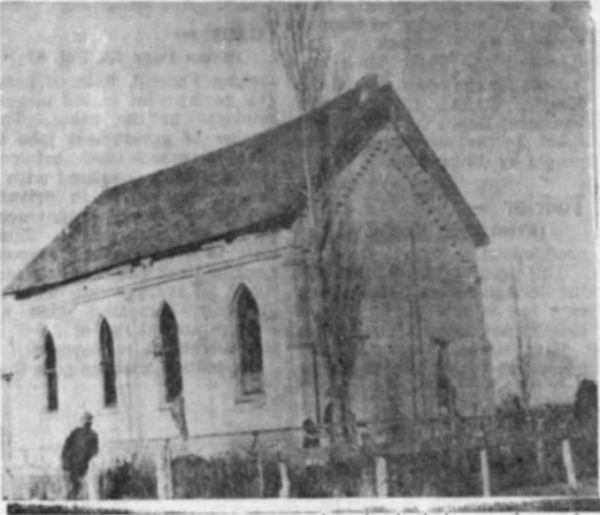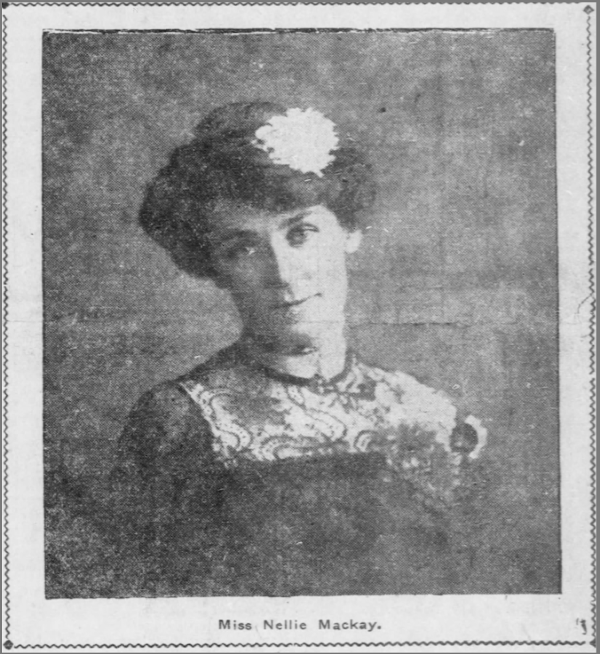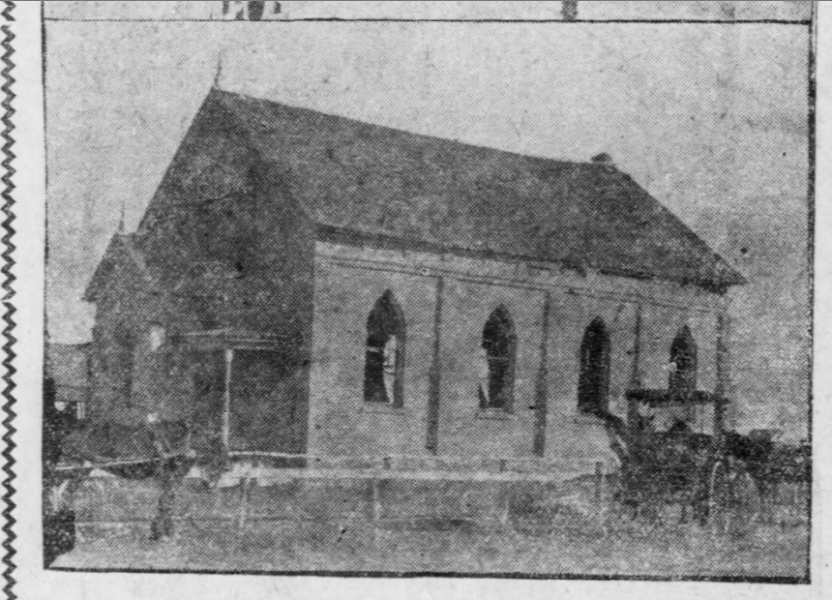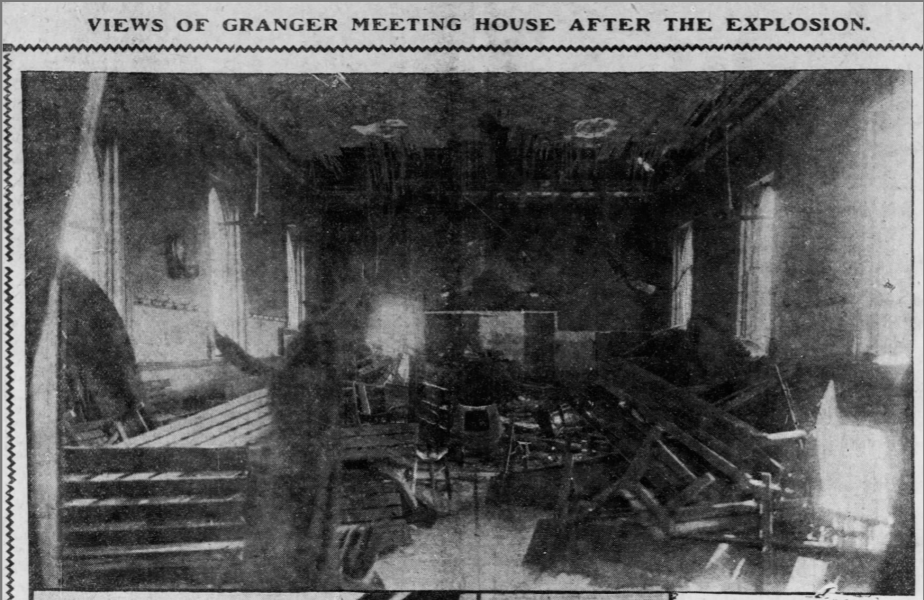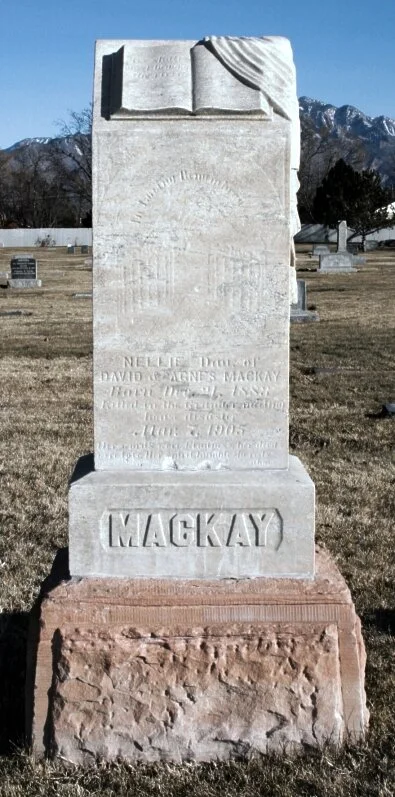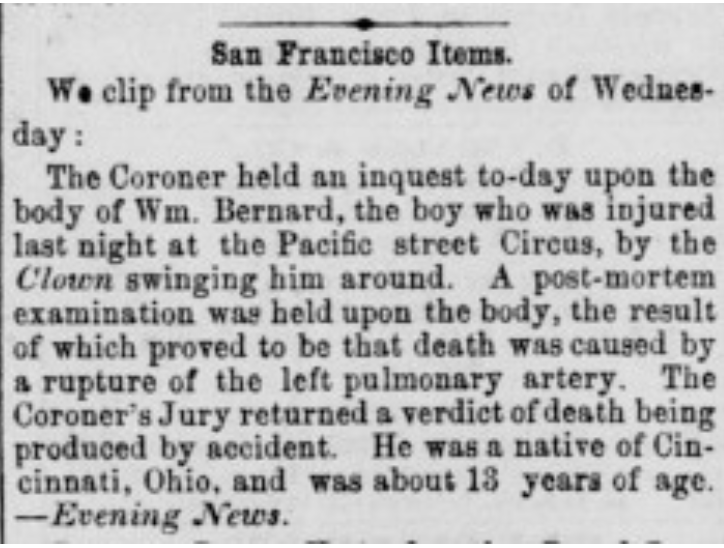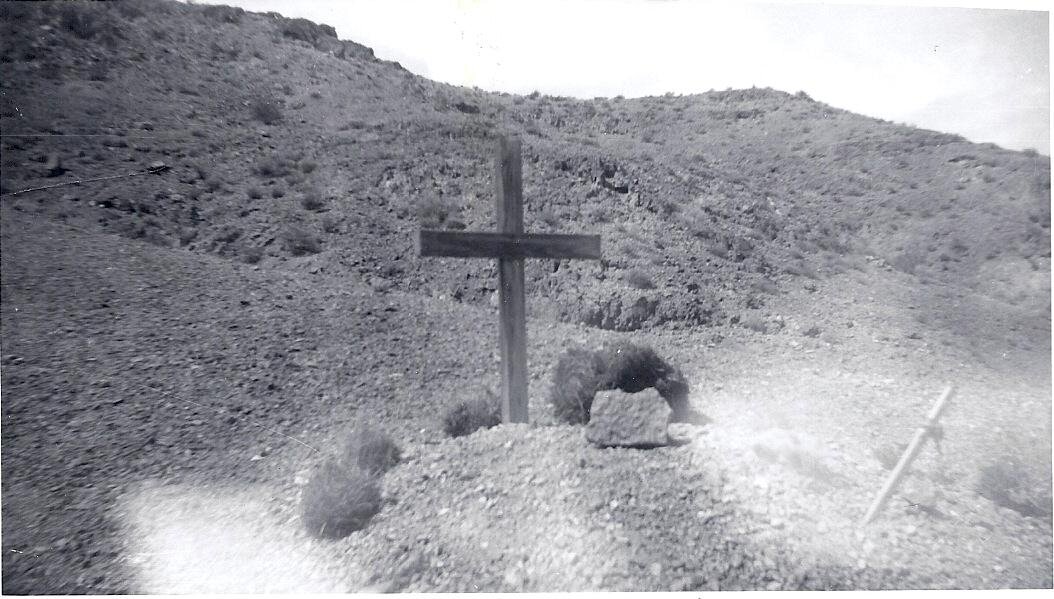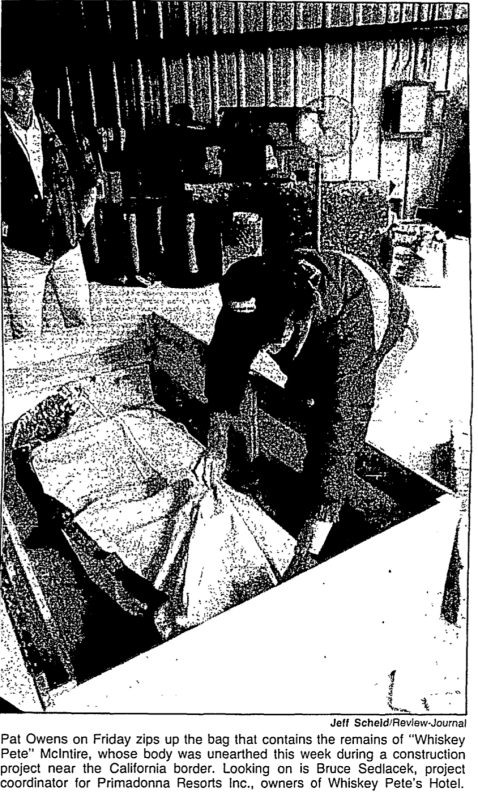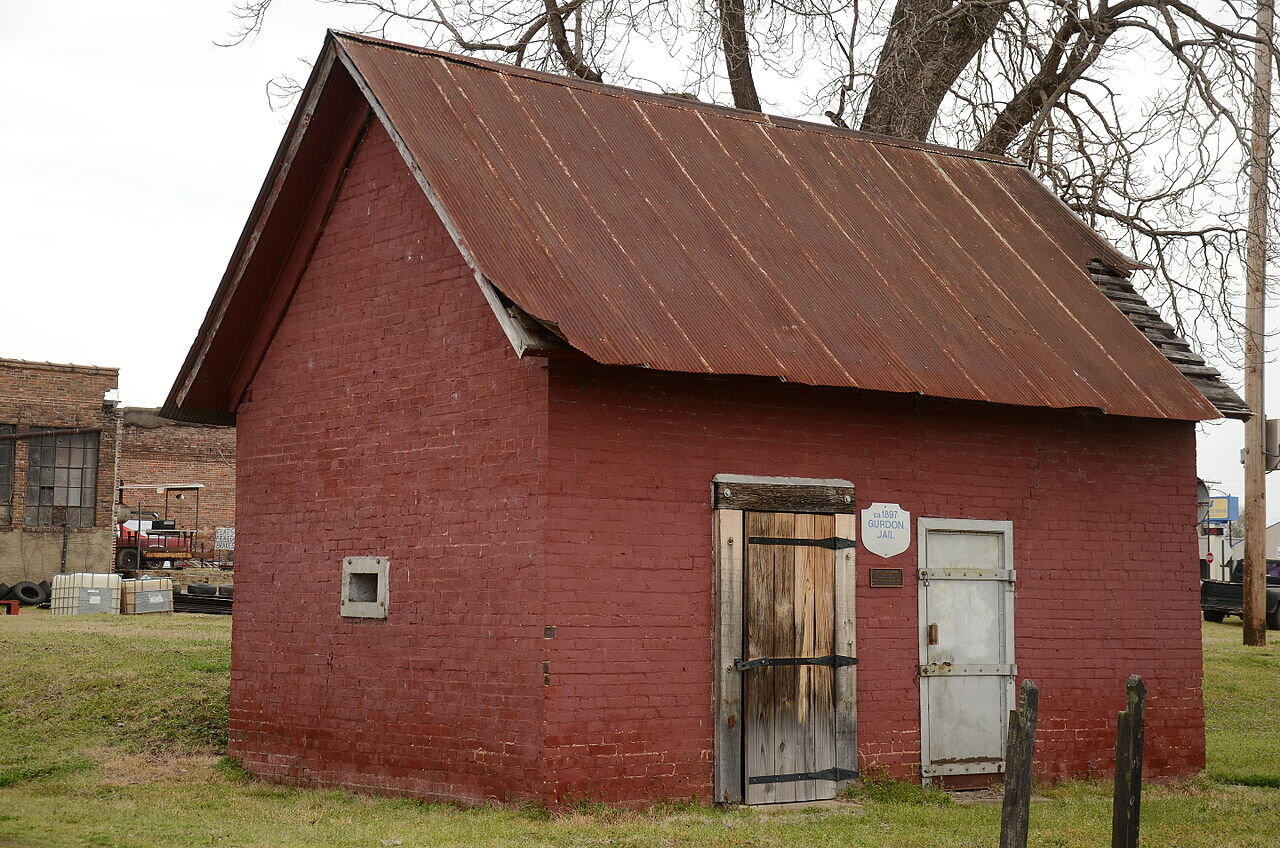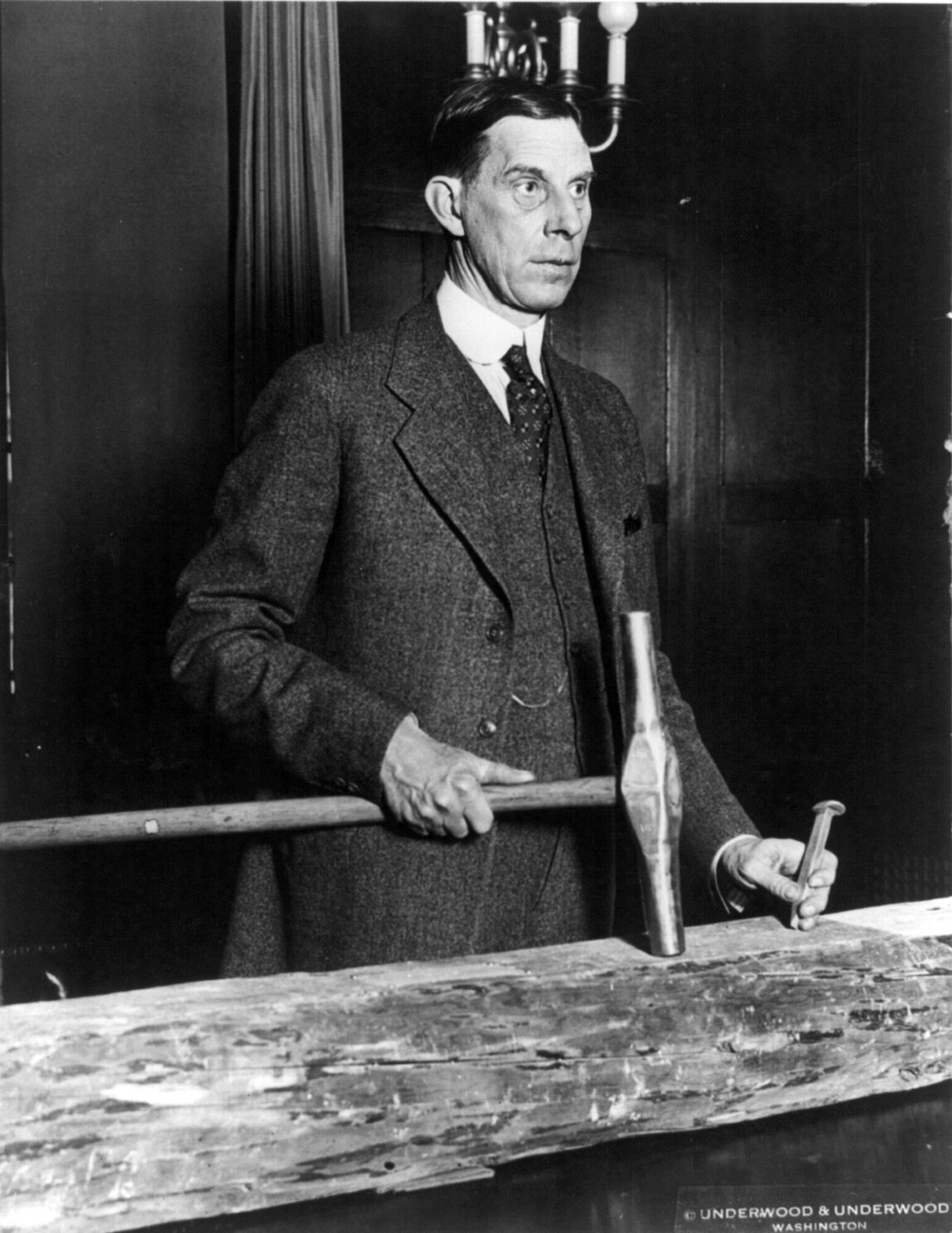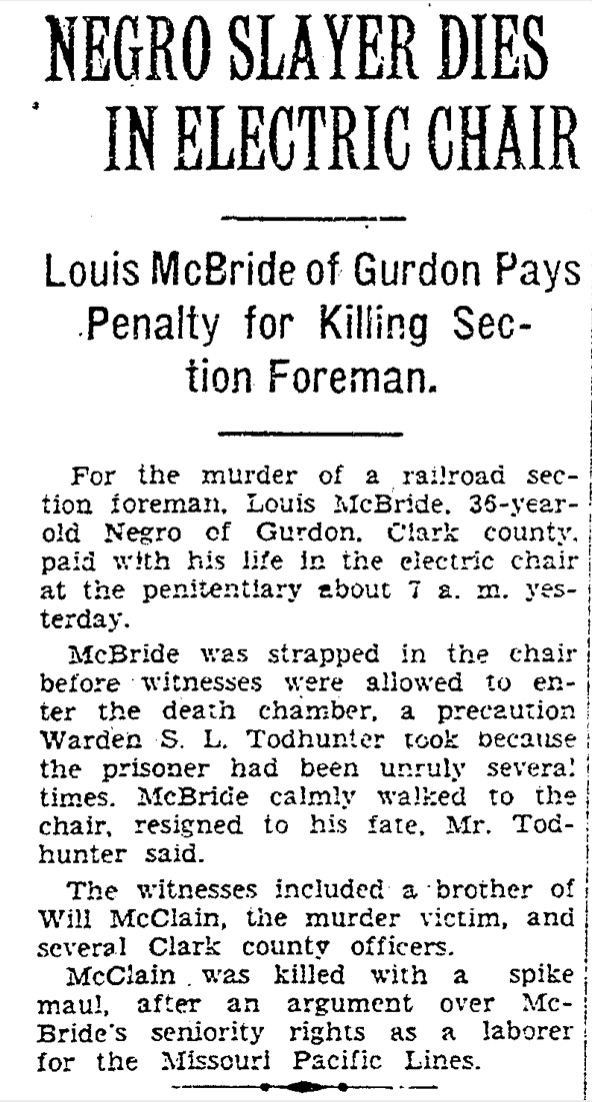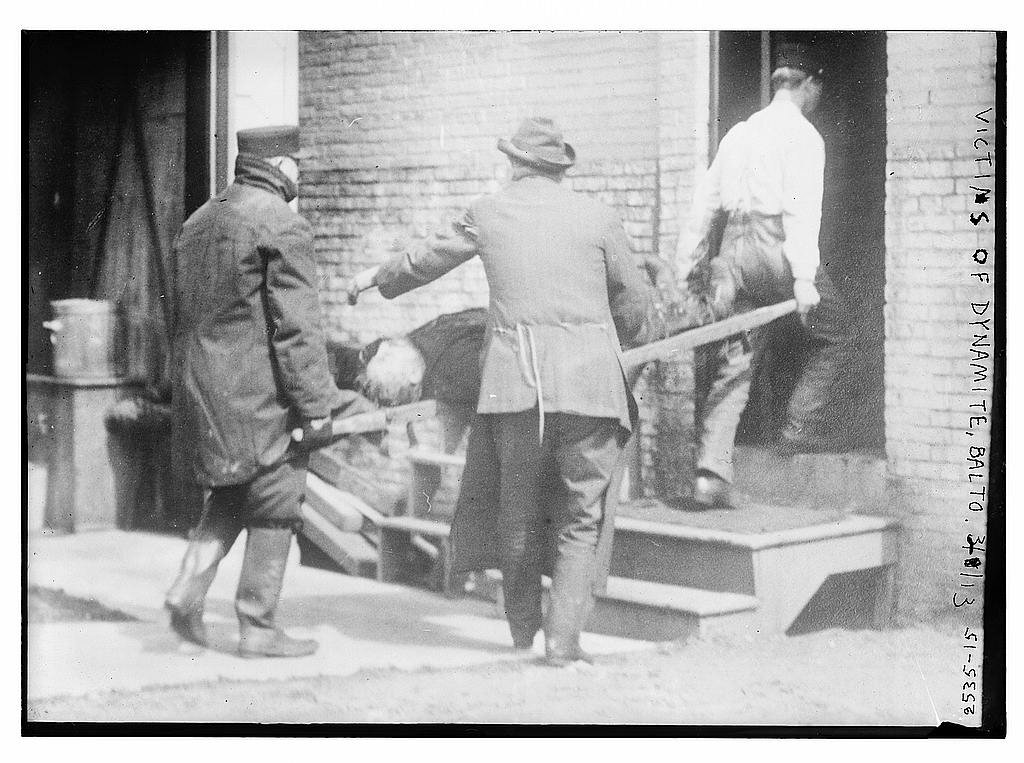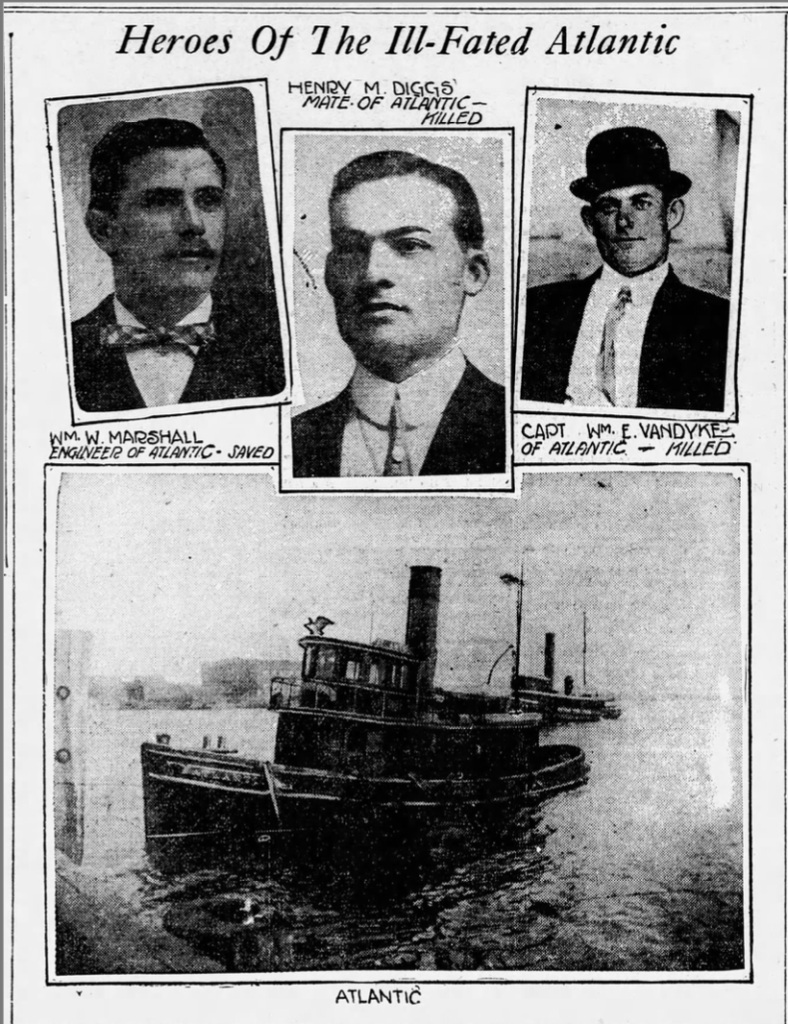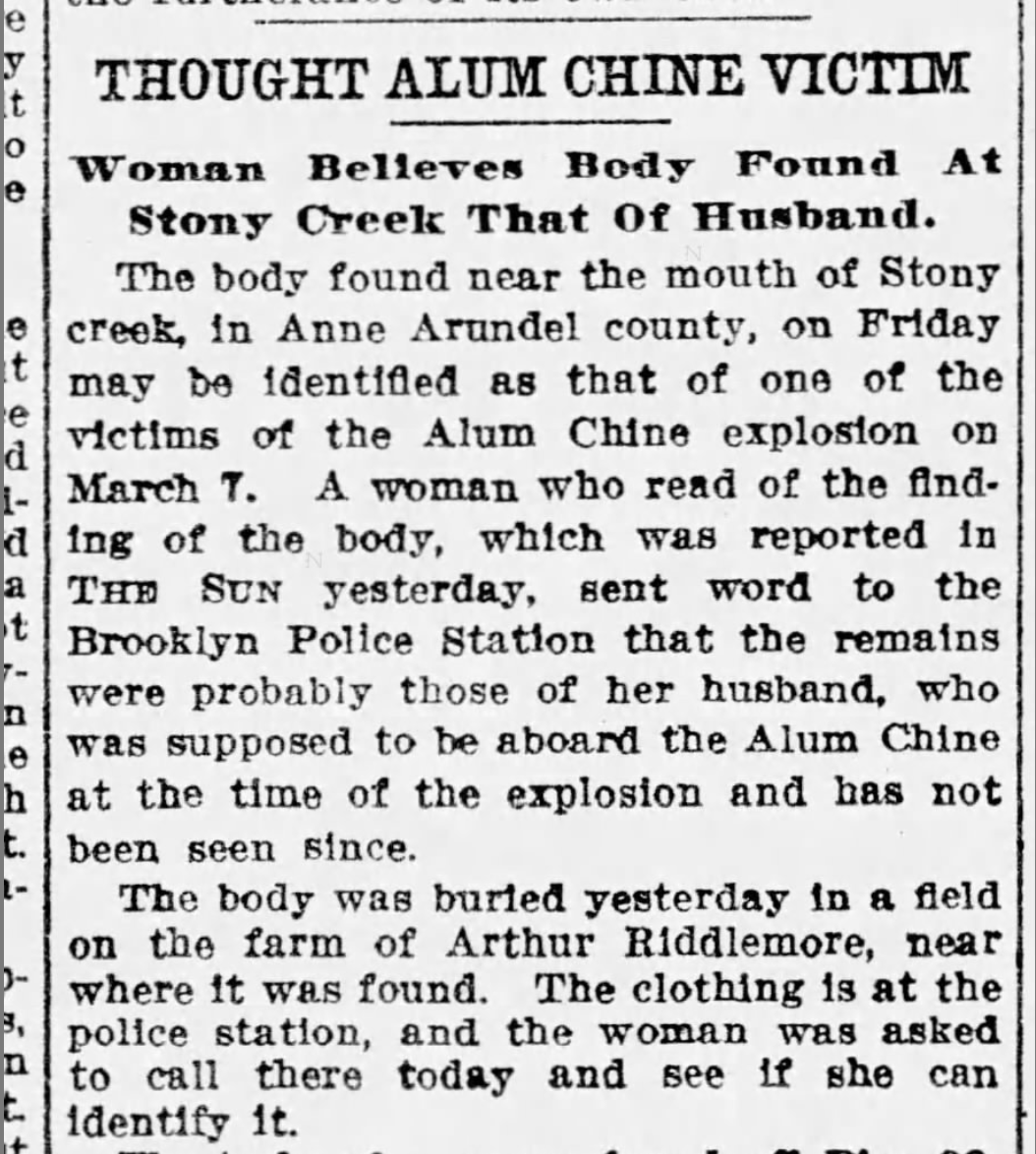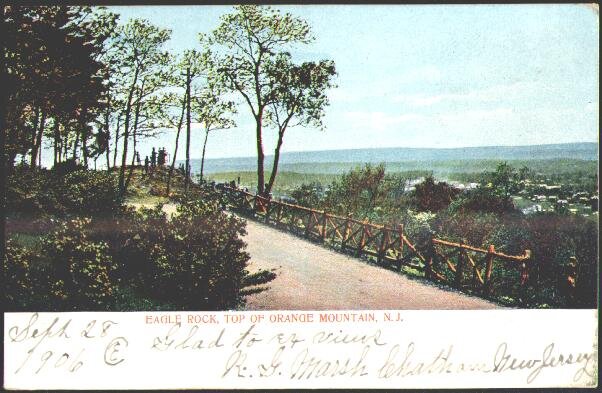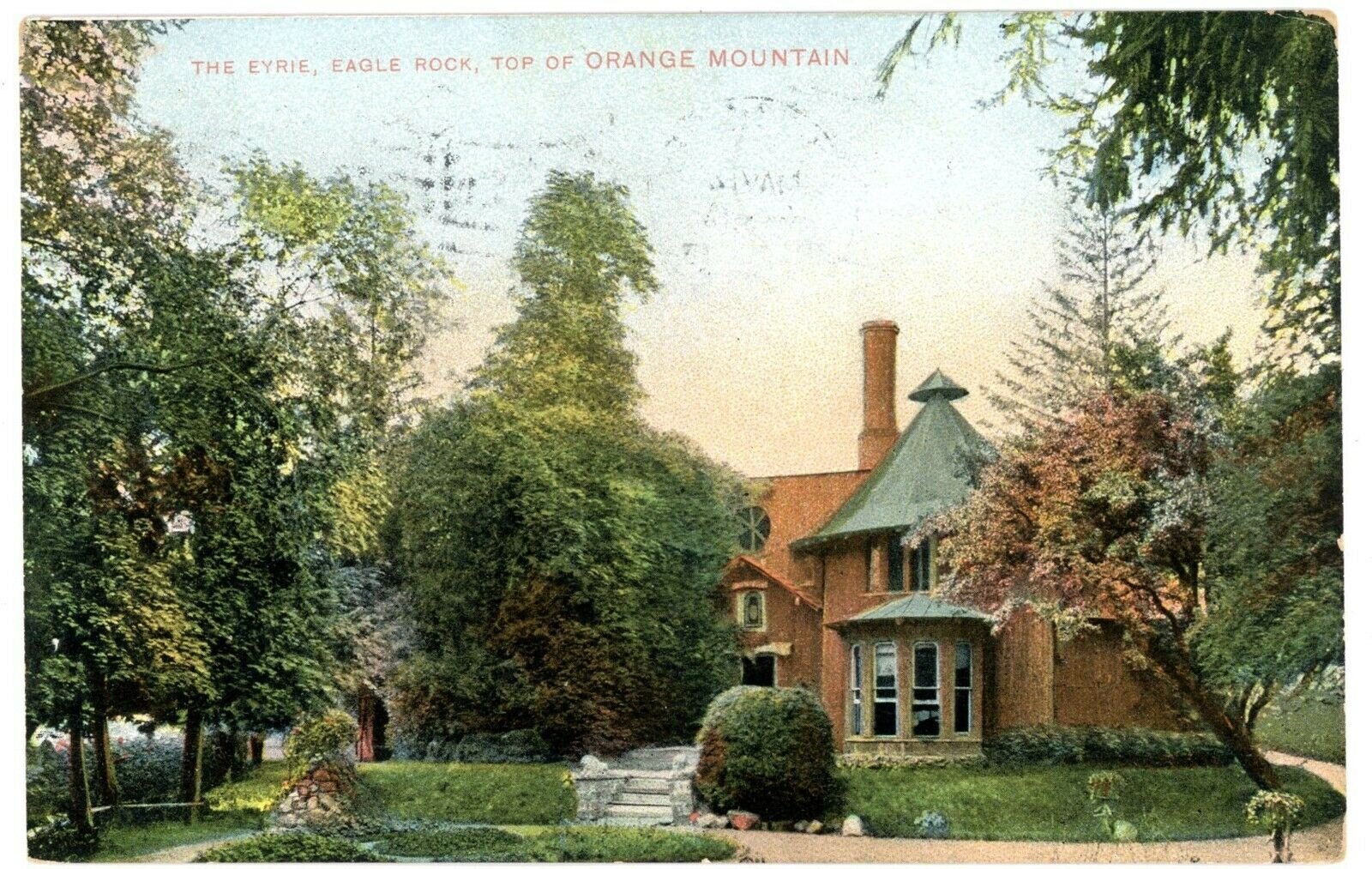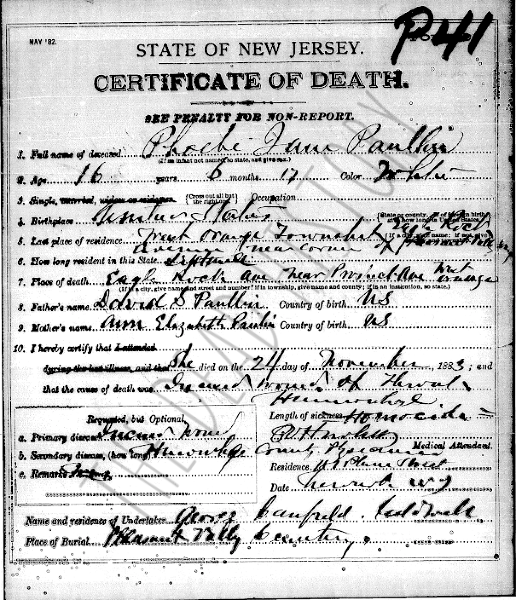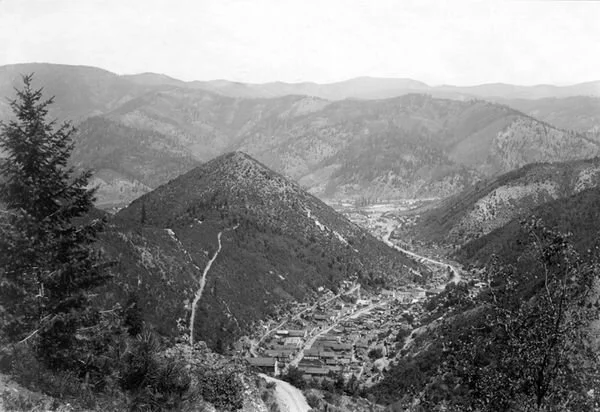And not just any type of ghost, specifically the Davis-Horton House Museum, is said to be home to the ghost of a German spy. There are other ghosts here at the oldest remaining building in downtown San Diego, including a ghost cat! But before we get to the ghosts, let me give you just a tiny bit of the home’s history and tell you how you can help ensure this museum survives.
Located in the San Diego historic Gaslamp District, the Davis-Horton house got its beginnings in Portland, Maine, and was shipped all the way around Cape Horn to be pieced back together in San Diego in 1850. Since its first location near Pantjoa Park at State and Market St, the house was moved two more times in its 171-year history, landing in its current location in 1984.



After the house was donated to the city in 1977, a massive restoration took place which included adding electricity to the house for the first time in its history. The rooms have been restored to show how the house appeared during various times including when it served as pre-civil war military barracks, the county hospital from 1873-1881, and a private family home. With all of the history contained in this small house, it’s not very surprising that it also has a haunted reputation.
Matt and I recently had a chance to visit this museum, and other than the docent, we were lucky enough to be the only people in the house. While small, the museum is well done, and certain areas definitely had a slightly creepy vibe.


But as we all know, an old house doesn’t automatically = haunted, even one that is filled with antique pieces. However, numerous people through the years have reported having strange experiences in the Davis-Horton House, including before the house was used as a museum and before it had electricity.
One of the most common occurrences is flickering lights and lights that turn off and on by themselves. You know, fairly typical haunted house activity. What makes this house even more interesting is that one of the house owners, prior to it being gifted to the city, said that even when gas lamps lit the house, they often had a mind of their own. Current staff at the museum report turning the lights off at night only to find one or more is on the following morning.
One of the docents told me that recently she had an interesting experience with the light in the upstairs office. She said that shortly after her husband dropped her off to open the museum for the morning, she heard a noise from upstairs as if someone else was inside. Worried that someone had broken in, she ran out to get her husband before he left and asked him to come and make sure no one else was there.



Her husband checked the upstairs and the attic and left after assuring the docent that there was no other living person in the house. As she went from room to room, turning the lights on for the day, she found that the desk lamp in the upstairs office was turned on. This is just an example of some of the odd occurrences experienced by those who work here.
Visitors have often told the museum staff that they saw a cat in one of the rooms and it ran out and simply disappeared. Others have reported hearing a cat meowing and being unable to find where the sound is coming from, a cat’s meow has also been captured on EVP. Staff will often come in to find small objects that were sitting on tables, now lying on the floor as if knocked off by a cat.
For a period of its life, beginning in 1873, the house was used as a “county hospital”, run by a woman named Anna Scheper. She was paid $1 per day per patient. This is reflected with one of the rooms being set up as it would have looked during that time. By the end of 1873 alone, three patients had died in the house. A small chest containing old medicine bottles is kept on top of a dresser and the chest is always left open so visitors can see the contents. Museum staff often report coming in to find the chest closed and the bottles and various items are not in the same place as they are usually kept.
While most of the activity involves things being moved and the lights being turned on or off there have also been a few sightings of full bodied apparitions. This ghost is said to be a woman dressed in Victorian era clothing, and has been seen at the top of the stairs near where the children’s room is today. Interestingly enough, the ghost is almost always seen only from the waist down.



Unfortunately, while the ghost in the attic seems to be the most mentioned, the activity attributed to him is difficult to pin down. One site referred to the apparition of a man wearing a WWII uniform that has been seen in the house, but that doesn’t match the history of the alleged spy in question. The reported spy was a German man named Karl Offer. Karl arrived in the United States in 1915 and listed his occupation as a fine jewelry importer. On July 12th, 1917, he was arrested as an alien enemy upon orders of Attorney General Gregory in Washington, D.C. It is said that the owners of the home at the time, German immigrants Herman and Lena Lohman allowed Offer to use their attic as a lookout to track the American Pacific Fleet in San Diego Bay. By August, Offer was transferred to Fort Douglas in Salt Lake City and it appears held until the end of the war. It’s unclear what information was used against him, but by 1928 he was granted citizenship in the United States.


If you won’t be in San Diego anytime soon, you can book a Virtual Ghost Tour here, they also have a non-paranormal option available. And, if like me you appreciate old buildings with haunted history considering donating a few bucks to help this museum stay open.





